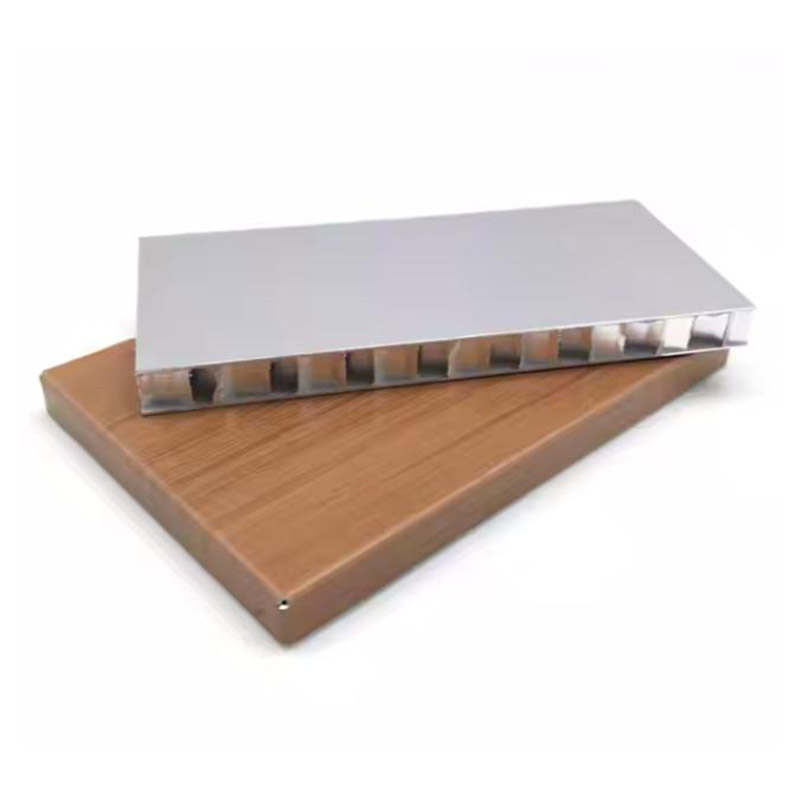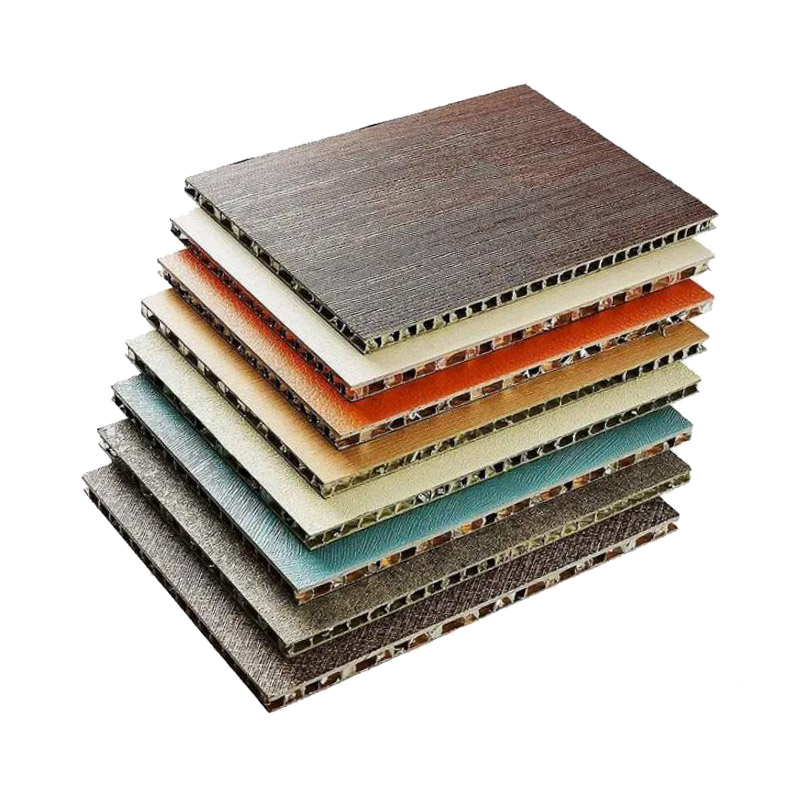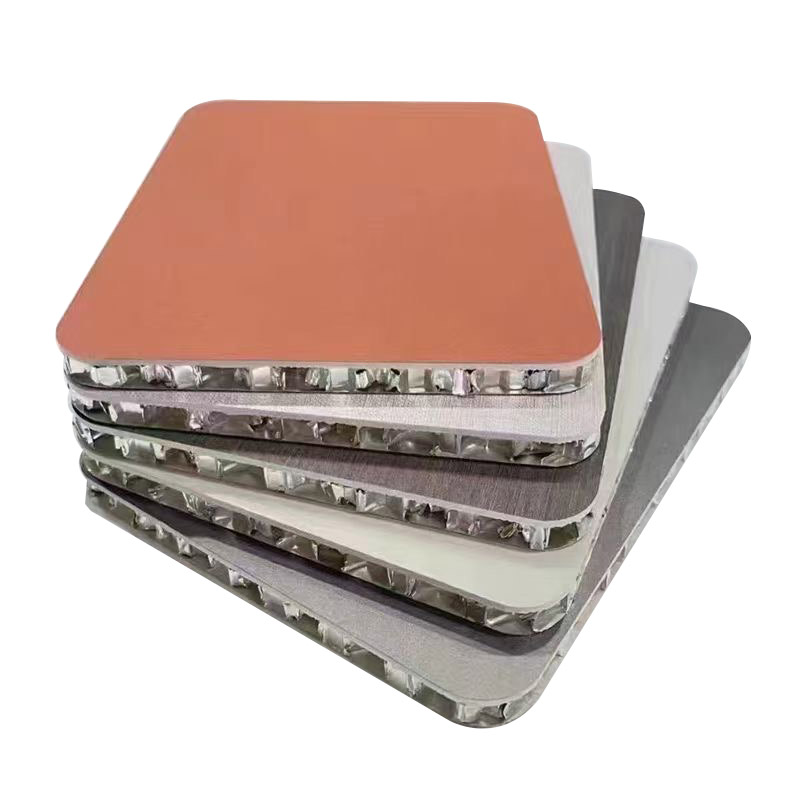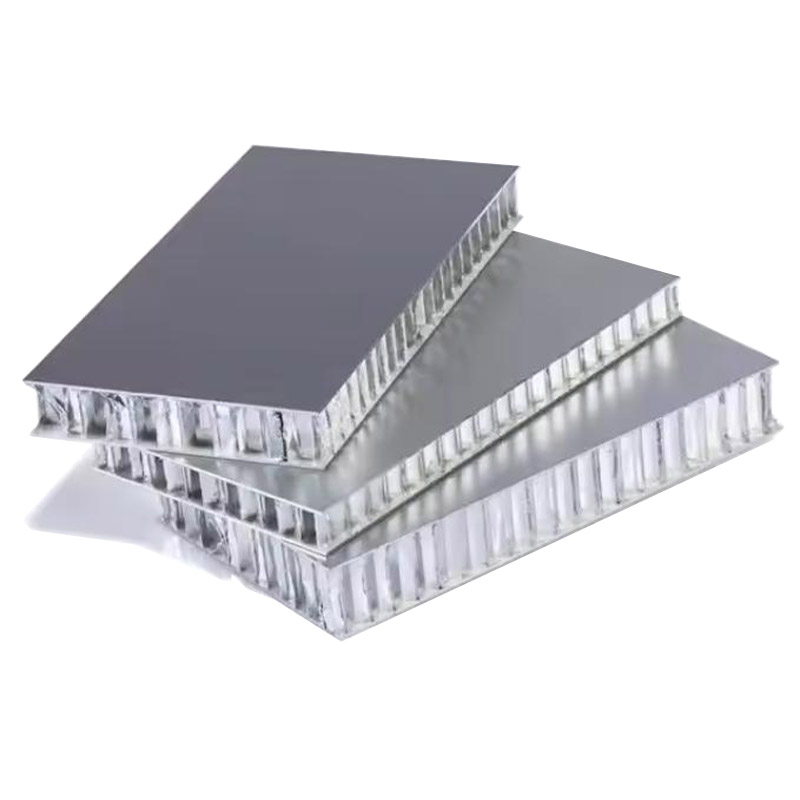Weight Analysis Of Aluminum Honeycomb Panels
Specifically in industrial design, aesthetics and the choice of materials have significant effects on the overall performance and cost of a project. Due to their unique structure and outstanding performance, aluminium honeycomb panels have become high-performance composite materials in many fields.
The basic construction of aluminium honeycomb panels includes two thin yet strong panels and a honeycomb aluminium core in the centre layer. This “sandwich” structure gives panels tremendous rigidity and stability, achieving an extreme lightweight effect. The outer surface is also treated specially to enhance corrosion and aesthetic appeal. The honeycomb core is made of multiple layers of bonded aluminium foil, which forms a continuous hexagonal cell structure and minimises weight while maintaining a high degree of structural strength.
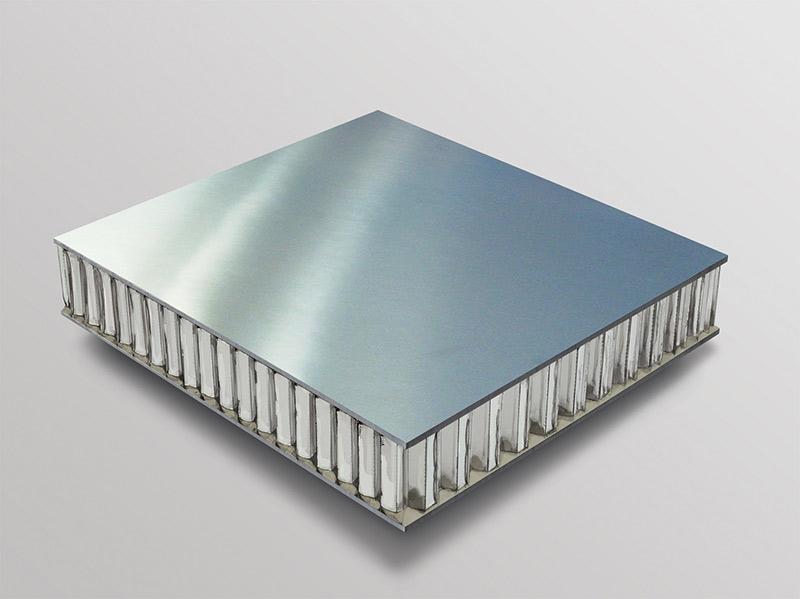
The importance of weight in material selection is self-evident. In construction, the use of lightweight materials can lessen a building’s weight, thereby reducing the costs for the foundation, construction, and installation. In the area of transportation, a lighter vehicle improves fuel efficiency, energy consumption, and load-bearing capacity, as well as diminishes environmental pollution. In aerospace, performance and costs may be improved for every gram of weight reduction. It is no wonder that aluminium honeycomb panels are preferred in these industries for their lightweight characteristics.
Table of Contents
Core Factors Affecting The Weight of Aluminum Honeycomb Panels
After understanding the basic situation of aluminum honeycomb panels, let’s take a deeper look at what factors affect its weight.
Material density and thickness
The segments that make up aluminium honeycomb panels together comprise their weight; these are the panels and the honeycomb cores.
The panels consist of aluminium alloys (for example, 3003, 5052). Even though different models have minute differences in density, these differences will contribute towards the overall weight on a large-scale application.
The thickness of the aluminum foil of the honeycomb core (commonly 0.03~0.1mm) and the pore size (3~10mm) determine the density of the core material, which in turn affects the “lightness” of the panel.
Key point: The thicker the panel and the denser the aluminum foil of the honeycomb core, the weight will naturally increase, but the compressive resistance will also increase.
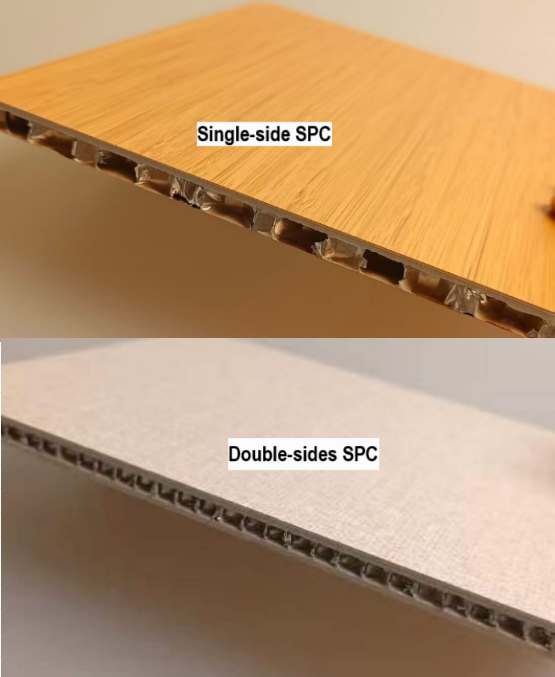
Structural design differences
The difference in structural design will also make the weight of aluminum honeycomb panels significantly different.
From the perspective of symmetry, the weight distribution of aluminum honeycomb panels with symmetrical structures is more balanced and the overall weight is relatively stable; while the weight of asymmetrical structures is often heavier due to the difference between the two side panels or core layers, and the force stability may not be as good as that of symmetrical structures.
Different honeycomb shapes will also affect the density. Hexagonal honeycombs are the most common, with good structural stability, uniform material distribution, and relatively low density; rectangular honeycombs are used in certain specific scenarios, and their density is slightly higher than hexagonal ones, and the weight will increase accordingly.
Direct impact of size specifications
The impact of size specifications on the weight of aluminum honeycomb panels is very direct. When the material and structure are fixed, the area and weight show an obvious linear relationship. Unit area weight is a key parameter, which reflects the weight of aluminum honeycomb panels per square meter. Through this parameter, we can easily calculate the total weight based on the required area. For example, if the unit area weight is known to be 5kg/m², then the weight of 10 square meters of aluminum honeycomb panels is 50kg.
Typical Data Range of Aluminum Honeycomb Panel Weight
After understanding the factors that affect the weight of aluminum honeycomb panels, you may be curious about what its weight range is?
Weight range corresponding to common thickness:
The weight of aluminium honeycomb panels, depending on their thickness, ranges as follows: 10mm – 3.5 to 5.5kg/m², 20mm – 5.5 to 8kg/m², and 30mm – 7 to 12kg/m². It is important to note these values are merely approximations, the true figure is outlined by structural and material decisions.
In comparison to other types of panels, aluminium honeycomb panels demonstrate a remarkable reduction in weight. Uniform aluminium veneers, for instance, would outweigh honeycomb panels of the same thickness exponentially due to their dense structure. Another example would be steel plates which, while having greater structural strength, outweigh aluminium plates by a significant margin proportional to their specifications in comparison to aluminium honeycomb plates. Composite panels also demonstrate that aluminium honeycomb panels have their inability to compete with their advanced weight control. It is evident now that aluminium honeycomb panels retain distinct advantages in lightweight applications.
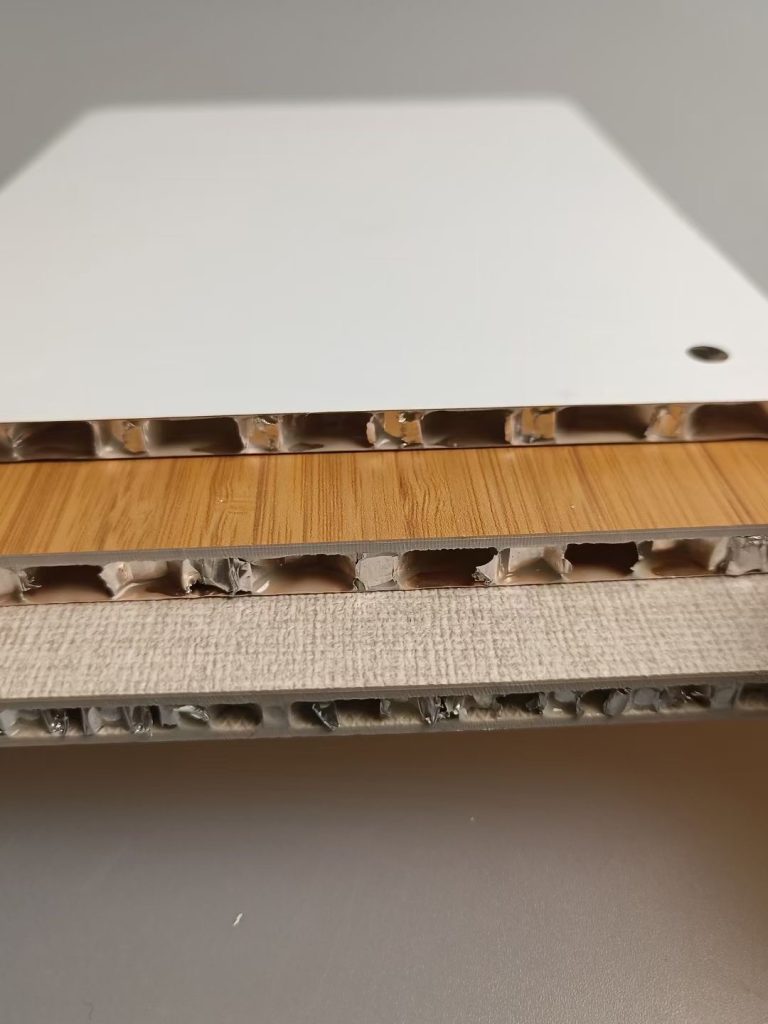
Lightweight vs. Strength: How To Find The Best Balance?
The charm of aluminum honeycomb panels is that they can maintain high compression and bending resistance while reducing weight. But the needs of different industries are different:
- Architectural curtain wall: pay more attention to wind pressure resistance, usually choose 20~30mm thick panels.
- Railway transportation: weight reduction is the key, 10~15mm lightweight design is more common.
- Aerospace: Extreme lightweight demand, may use ultra-thin honeycomb core + high-strength alloy panel.
The lighter the weight, the better, and the weight and performance need to be balanced. There is a certain relationship between the rigidity, sound insulation and other properties of aluminum honeycomb panels and weight. If you blindly pursue lightweight and sacrifice the necessary rigidity, deformation and other problems may occur during use; similarly, sound insulation may also be affected by excessive weight reduction.
Optimization strategy:
In order to further reduce the weight of aluminum honeycomb panels while ensuring performance, material substitution is an effective solution. The use of high-strength and low-density alloys can not only meet the strength requirements, but also reduce the overall density, thereby achieving the goal of weight reduction. For example, the use of 5052 or 6061 aluminum alloys has higher strength and can appropriately reduce the thickness.
Structural innovation can also bring significant weight reduction effects. The variable thickness design reasonably adjusts the thickness of the panel and core layer according to the stress conditions of different parts, appropriately thickens the parts with high stress, and thins the parts with low stress accordingly, so as to achieve efficient use of materials. The local reinforcement scheme strengthens the parts that are easily damaged or subjected to concentrated stress, avoiding the weight increase caused by overall thickening.
Conclusion
The primary benefit of using aluminium honeycomb panels is the attainment of high strength alongside remarkable lightness. Among various materials, these aluminium honeycomb panels not only fulfil the strength requirements for several applications but also optimally manage weight through efficient design and careful selection of materials which render them important in contemporary industry and construction. With the continuous advancement of technology, the performance of aluminum honeycomb panels will be further improved, and the scope of application will be wider.

